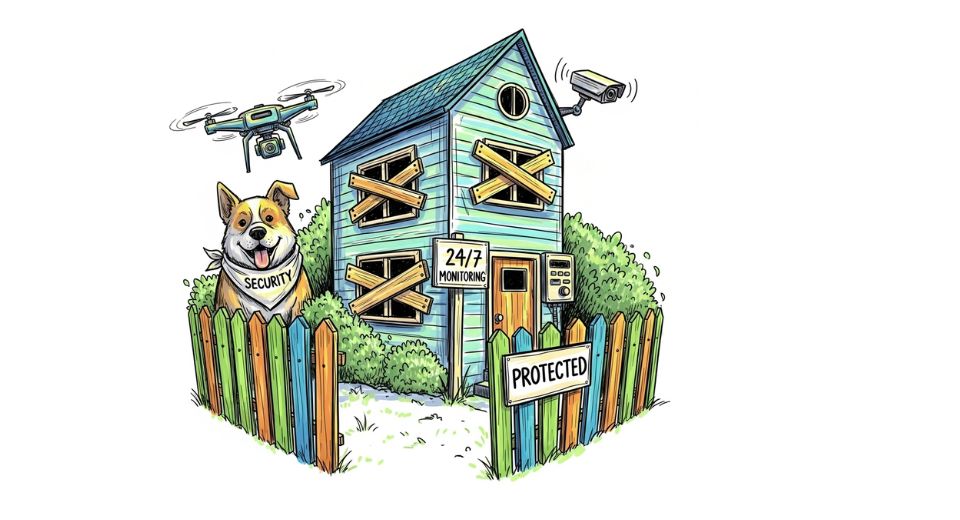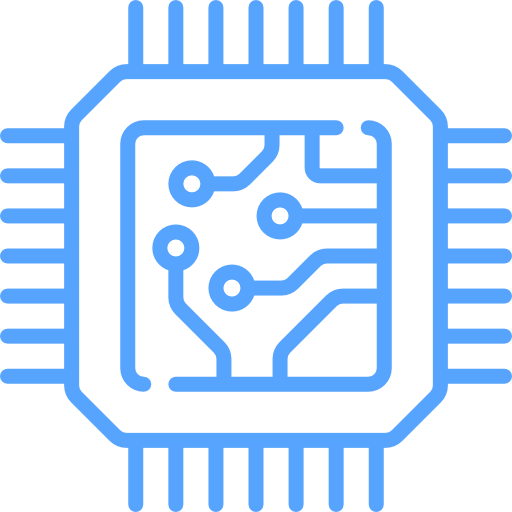Vacant Property Security Market To Reach $4,323.50 Million by 2032

The Global vacant property security market story unfolds with the announcement of a new industry presentation released by Metastat Insight, revealing the broad picture of the scenario of keeping unoccupied real estate safe. That Metastat Insight presentation presents a landscape of trends, innovations, and expectations that are transforming approaches being utilized to secure vacant properties. In-depth reporting captures challenges associated with safety retention in vacant buildings, such as trespassing, vandalism, and ecological harm. Providing added insight without using technical language, such an overview presents a portrait of strategic shifts in prevention methods, progressive surveillance equipment, and coordinated actions from property managers, insurers, and security service providers.
Phrases borrowed from practitioners with long field presence introduce first-hand impressions of the way empty spaces require attention that is different from occupied spaces. Solutions like smart alarm systems equipped to notice minimum movement, remote video monitoring with analytic features, and temporary physical obstacles adjust to the dynamic nature of vacancy periods. That path of innovation has brought techniques that seem intuitive, not heavy-handed, in assuring stakeholders that unattended properties continue to be immune to new threats. Safe occupancy could resume, but pre-emptive security still protects against hazards that arise with inactivity.
Views presented in the Metastat Insight report shed light on how solutions increasingly combine sophisticated sensors and cloud-based monitoring, simplifying the watch process. Sensor networks can sense not only unauthorized entry but also environmental factors such as water intrusion or temperature shifts. These invisible safeguards work around the clock, so that one quiet breach or environmental hiccup does not evolve into a major incident. Local authorities, emergency response teams, and maintenance staff engage through alert systems that operate seamlessly, enabling fast intervention while minimizing false alarms. Assurance that unoccupied assets are still secure is rendered more concrete when detection devices issue credible, context-sensitive alerts.
custodians of unoccupied buildings appreciate multilevel security strategies with overlapping deterrence and awareness that is unobtrusive. Stationing roaming patrols, presence signage, and coordination with local watch networks offer low-profile protection. That combination sends unequivocal messages that premises are not abandoned. Meanwhile, adaptive visual deterrents like transient lighting and sound triggers provide quick response to perceived motion while foregoing constant occupancy simulation. Equilibrium between visibility of protection and reality of vacancy enhances perception of safety without excessive interference.
The move to digital platforms allows property stewards to oversee enormous portfolios with single-view dashboards. Remote monitoring technology collects footage, sensor notifications, and status reports in streamlined interfaces that enhance decision-making. Response teams get notified with high-priority alerts, keeping resources focused on actual threats instead of false positives. That transparency leads to prompt, directed action that protects property integrity while minimizing disruption. Streamlined response protocols synchronize maintenance scheduling, board-up functions, and law enforcement notifications under an open workflow.
Narrative embedded within the Metastat Insight presentation highlights the importance of partnership in reaching effective results. Local enforcement cooperation, licensed monitoring providers, and private security operators combine their knowledge to complement property owner abilities. That cooperative framework results in trust between all parties involved, with clear expectations regarding communications protocols when events occur. Consistency of message delivered between responding parties creates assurance that security coverage is significant even in long stretches of vacancy.
Technical advances featured in observer reports include the adoption of air surveillance through drones, infrared imaging to identify unauthorized movement in dark or dense environments, and AI-facilitated pattern identification that can differentiate normal environmental movement from actual intrusion. Such advanced equipment works subtly, initiating responses only when certain parameters are met. Detection can be made more accurate through recording of historical patterns, allowing algorithms to learn what happens as part of normal activity and what may indicate cause for concern. That smart distinction mitigates against nuisance alarms thus maintaining concentration on that which should be attended to.
Professional alarm systems now increasingly incorporate remote human surveillance, where live video feeds integrate with intelligent detection to allow operators to validate alarms prior to escalation. That validation lessens response burden on local agencies while providing property stakeholders with confidence that action is predicated upon sound threat assessment. Guard presence is on standby as necessary but with scope to reduce physical attendance in prolonged downtime without reducing safety. Security narrative trends toward effectiveness and subtle deployment instead of strict presence.
Environmental factors set another aspect of defense outlined in the Metastat Insight slideshow. Storm-proof sensors and weather-hardened cameras protect against adaption even when buildings sit empty for long periods. Proactive monitoring of water leaks, humidity changes, or structural stress allows for early intervention prior to accumulating damage. Condition-based maintenance alerts draw focus to latent wear drivers, adding the preventative maintenance aspect to the conventional intrusion protection. That dual purpose emphasizes that security is more than protecting against people it maintains structural integrity too.
Risk mitigation methods emphasize communication understanding between insurance companies and security partners. Fact-filled incident registers and recorded response measures serve to meet coverage mandates while keeping in check prospective losses. That paper trail of control comforts insurers that risk management procedures stay engaged, even during stopped occupancy. Status reports on a regular basis provide visibility bridging gaps between property owners, security personnel, and insurers creating common perception of present condition and response capability.
Patterns communicated by that security industry presentation indicate incremental movement towards preventive, smart, and connected security means. Technology-based grounds monitoring appliances with predictive notification capabilities, along with energy-saving systems, enable longer-term empty management portfolios. Contemporary surveillance now quietly adapts its visibility with reference to occupancy condition and threat probability. That enhancement optimizes expense while maintaining protective functionality. Those innovations appear crafted to match security posture with real risk factors, aligning detection with resource deployment.
Closing comments from practitioners affirm that the protection of empty properties is still a subtle art combining cutting-edge detection technology, reactive coordination, and resilience. That approach produces confidence that makes owners contemplating maintenance, redevelopment, or reprofiling attractive to it. Modular system strength guarantees security layers stay active but flexible, responding as property status changes. Metastat Insight has provided a more detailed description of that function in the new report, encouraging stakeholders to view strategic deployments that enhance safety and flexibility. The perspective afforded by that publication provides clarity and proactive advice at a time when secure management of unoccupied assets continues to be necessary.
Drop us an email at:
inquiry@metastatinsight.com
Call us on:
+1 214 613 5758
+91 73850 57479
 Agriculture
Agriculture
 Aerospace and Defense
Aerospace and Defense
 Automation & Process Control
Automation & Process Control
 Automotive and Transportation
Automotive and Transportation
 Banking & Finance
Banking & Finance
 Biotechnology
Biotechnology
1.png) Chemicals and Materials
Chemicals and Materials
 Consumer Goods
Consumer Goods
 Energy and Power
Energy and Power
 Food and Beverages
Food and Beverages
 Healthcare IT
Healthcare IT
 Information & Communications
Information & Communications
 Manufacturing and Construction
Manufacturing and Construction
 Packaging
Packaging
 Pharmaceuticals
Pharmaceuticals
 Electronics and Semiconductor
Electronics and Semiconductor
 Medical Devices
Medical Devices







 US: +1 3023308252
US: +1 3023308252






